The Ha Tinh Department of Agriculture and Rural Development forecasts that pests such as rice blast, brown planthoppers, leaf rollers, and leafhoppers that damage rice; wilt and root rot on peanuts and vegetables... will develop complicatedly in the spring crop of 2024.
Temperatures in the spring crop of 2024 tend to be higher than the average of many years, which is a condition for the emergence of many types of pests on crops, especially rice.
According to the plan, in the spring crop of 2024, the whole province will produce 59,107 hectares of rice; 6,059 hectares of corn; 7,927 hectares of peanuts; and more than 5,000 hectares of vegetables of all kinds. The production season for crops will mainly start from the beginning of January 2024, in which the main crop, rice, will start from January 5 to February 20, 2024.
According to the forecast of the Ha Tinh Hydrometeorological Station, the spring crop temperature in 2024 tends to be higher than the average of many years by about 1.0 - 1.5 0 C, tends to be warm, high humidity, cold spells appear late. According to the Department of Agriculture and Rural Development, in these weather conditions, it is forecasted that many pests will arise, develop and cause serious damage to crops. In particular, some main pests are warned by the professional sector such as:
1. On rice plants:
- Thrips and rice leaf miners: Cause damage mainly in rice fields lacking water and late planting. The peak damage is from the 2-3 leaf stage until the end of tillering, from early February to early March.
- Root-knot nematodes: Cause strong damage in the early stages of the crop (20-25 days after planting), especially in rice fields that are often drought-prone, lack water, have sandy soil or acid sulfate soil, and poor water retention.
- Rice blast disease: The disease often appears and causes damage right from the seedling stage, with the peak damage occurring on leaves around the Vu Thuy - Kinh Trap period. Pay special attention to sensitive varieties such as: Thien Uu 8, ADI168, Thai Xuyen 111, LP5, Huong Binh, ND502, HN6.
- Brown planthoppers - white-backed planthoppers: can cause damage from the stage of rice panicle initiation to green maturity. From April 10 onwards, planthoppers cause damage at high density, wide distribution and can cause large-scale fires, especially in areas without proactive watering and dense planting.
- Leaf roller: usually causes damage at the end of the season, on late-planted fields, lush green fields, and fields on the outskirts of villages.
- Two-spotted stem borer: Causes damage throughout the growth period of rice (including the seedling stage), suitable in warm, hot and humid conditions. In the spring crop, stem borers occur in 2 generations/crop, in which the second generation causes damage during the rice heading - flowering stage, which can directly affect the yield at the end of the crop.
- Brown spot disease: The disease often appears in areas with poor soil nutrients (alkaline soil, sandy soil at the foot of mountains, flooded or drought), rice plants lack water, the root system's ability to absorb nutrients is poor, rice plants grow and develop slowly, the peak damage is during the rice standing stage - panicle formation.
- Sheath blight disease: Appears in hot and humid weather conditions, alternating sun and rain, high humidity, in deep, low-lying fields, unbalanced fertilization, excess nitrogen fertilization, lack of potassium, dense planting. The peak of damage caused by the disease is during the stage of rice heading - ripening to wax ripening.
- Southern black-striped dwarf disease: This disease is caused by a virus, the vector is the white-backed planthopper. The disease shows typical symptoms from the panicle differentiation stage, however, the most sensitive stage is from the seedling stage to the tillering stage.
- Rats: Rats cause damage throughout the growth period of rice plants, causing severe damage in areas near villages, hills, and large canals.
2. Peanuts
- Green worms, armyworms: Peak damage from late March to the end of April during the period when peanuts flower, shoot and develop fruit.
- Black mold, white mold, gray mold: The disease develops strongly in high temperature, humid conditions, poor plant growth, especially in monoculture areas, coarse sandy soil, the disease causes severe damage. Black mold, white mold often causes damage from late February to early March, when peanuts have 2-3 leaves and branching.
3. Corn plant
- Fall armyworm: Is a dangerous pest that causes damage throughout the growth and development of corn plants, causing severe damage from seedlings to shoots. The worms bite and destroy leaves and shoots, reducing growth and yield.
- Cutworm: Causes damage mainly in the seedling stage (from sprouting to 4-5 leaves), the worm bores into the inside of the tree, causing the leaves to wilt and die. The worm usually causes damage from October to April of the following year, with peak damage from December to February of the following year.
- Stem borers and corn borers: Cause damage from the stage when corn has 7-9 leaves until harvest, peak damage from the flowering stage until ear formation.
- Flag bugs: Bugs accumulate in number from the 7-9 leaf stage, peak damage from the flag-flowering stage onwards, bugs suck sap from the shoots, leaf sheaths, flag flowers, ... causing the corn plant to grow and develop poorly, with small stems and small ears.
4. On fruit trees:
- Leaf miner, slime worm, green butterfly caterpillar: Insects cause damage all year round, but are most harmful during the budding season.
- Ulcer disease: In rainy weather conditions, high humidity, temperature 26 - 35 0 C, the disease develops strongly. The younger the tree, the more susceptible it is to severe infection, especially in seedling nurseries.
- Stem cracking, gummosis, yellow leaves, root rot: causes damage to perennial gardens, often flooded, densely planted, and little organic fertilizer. The disease tends to develop more strongly in rainy weather conditions, temperatures ranging from 16 - 32 0 C, and high humidity.
- Spider group: causes strong damage in hot and humid weather conditions.
TA
Source


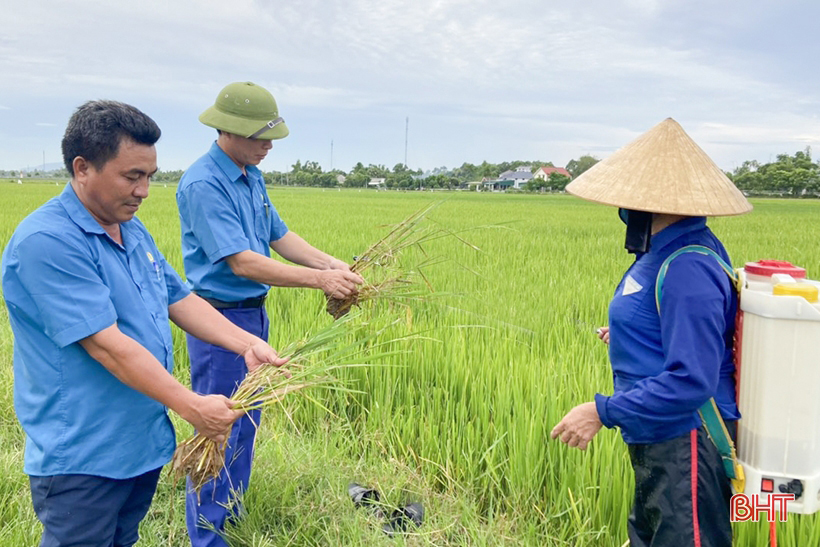
![[Photo] President of the Cuban National Assembly visits President Ho Chi Minh's Mausoleum](https://vphoto.vietnam.vn/thumb/1200x675/vietnam/resource/IMAGE/2025/10/1/39f1142310fc4dae9e3de4fcc9ac2ed0)



![[Photo] Keep your warehouse safe in all situations](https://vphoto.vietnam.vn/thumb/1200x675/vietnam/resource/IMAGE/2025/10/1/3eb4eceafe68497989865e7faa4e4d0e)

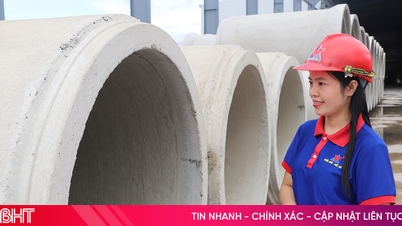










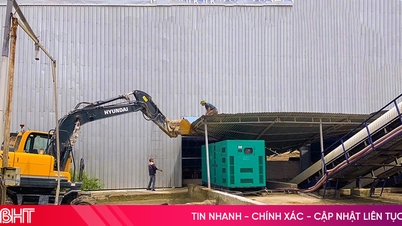












![[Photo] Hanoi morning of October 1: Prolonged flooding, people wade to work](https://vphoto.vietnam.vn/thumb/1200x675/vietnam/resource/IMAGE/2025/10/1/189be28938e3493fa26b2938efa2059e)























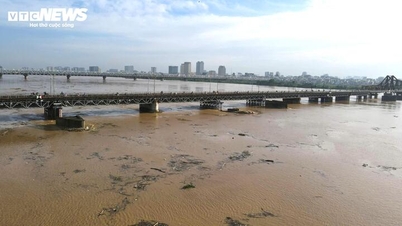







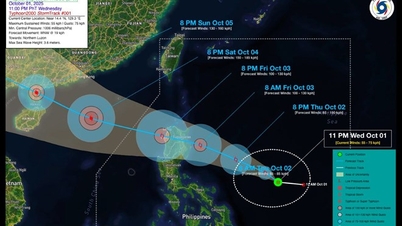








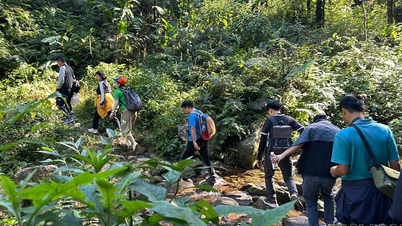

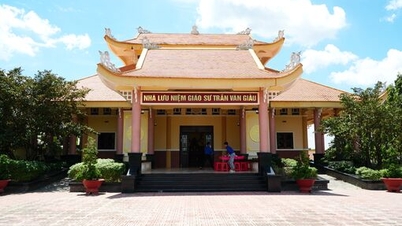

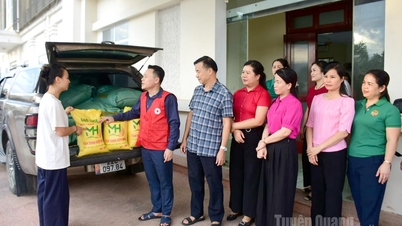

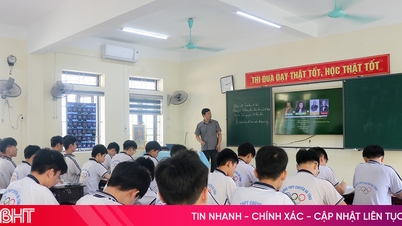
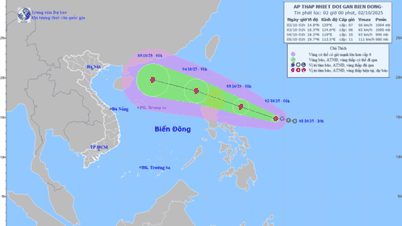
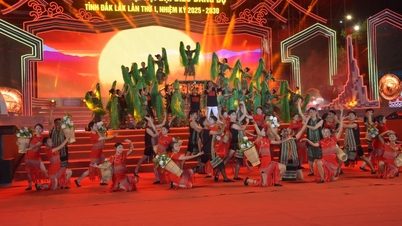













Comment (0)